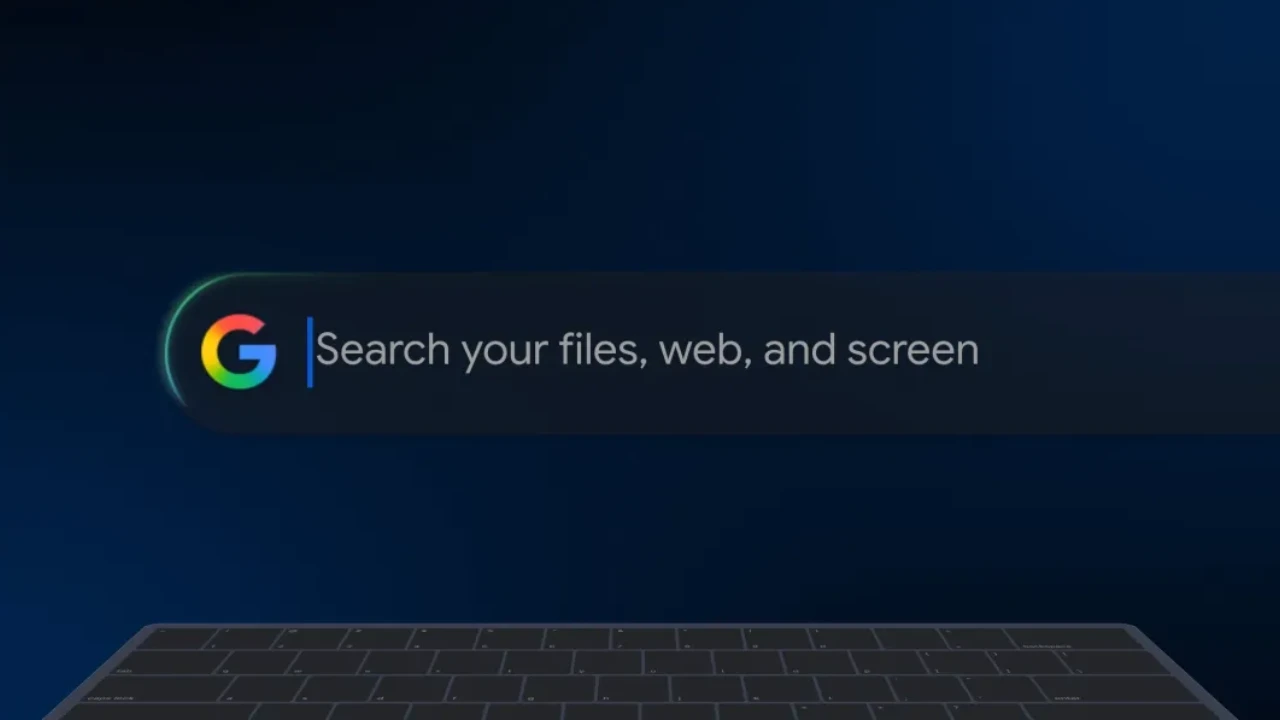Google has announced a new, experimental desktop app aimed directly at the Windows operating system, breaking away from its strategy of providing services through the web browser. Dubbed the Google app for Windows, this tool is positioned as a powerful hub that allows you to search everything from local files on your computer to Google Drive and installed apps from the internet, all in one place. This move demonstrates Google’s intention to directly compete with Windows’ built-in search features, even at Microsoft’s own.
What does the Google app offer?
The app operates similarly to Spotlight on macOS. Pressing the Alt + Spacebar keyboard shortcut activates it, and a minimalist search bar familiar from Google’s mobile apps appears on the screen. A search from this app instantly scans both your computer’s files and data from Google’s online services. It aims to save users time by offering features such as instant answers, app launches, web results, and even AI Summaries.

Android’s Beloved Feature: Circle to Search Comes to Windows
The app’s most striking and perhaps most innovative feature is the on-screen search function, powered by Google Lens. Just like the popular Circle to Search feature on Android phones, users can instantly search, copy, or translate any text or image on their screen with their mouse. This is a revolutionary step that will boost desktop productivity.
This could signal a significant shift in strategy for Google, which, with a few exceptions like Chrome and Drive, rarely develops native desktop apps. The company aims to center user habits by embedding AI-powered search and services like Gemini at the heart of the operating system, rather than confining them to the browser.
The app, offered through Google Labs, is still in its experimental phase. Therefore, it is currently available only to users in the US, with an English language option, and in limited numbers. A personal Google account is required to try the app, and Workspace accounts are not currently supported. The app, which runs on Windows 10 and later, is expected to be rolled out more widely after the testing phase.













